Understanding the Roots of Northern Witchcraft
Northern Witchcraft, also commonly referred to as Norse or Nordic Witchcraft, has its roots firmly planted in the ancient traditions of the Norse people. The cold, challenging environments of the North shaped not only their daily lives but also their spiritual beliefs and practices.
Historical Overview: The Chronicles of Time
A journey into Northern Witchcraft is akin to walking through the pages of time. From the earliest rune stones to the eddas, the Norse have always had a profound connection to the mysteries of the universe. The sagas, rich in history and folklore, offer glimpses of these age-old practices, speaking of seers, wise women, and practitioners who held positions of reverence.
In the Viking Age, as communities faced the brutality of cold winters, the magic became a source of hope. Rituals and spells were intrinsic to daily life, helping navigate challenges both mundane and profound. From blessings for a bountiful harvest to invoking protection during voyages across treacherous seas, the spiritual was deeply intertwined with the practical.
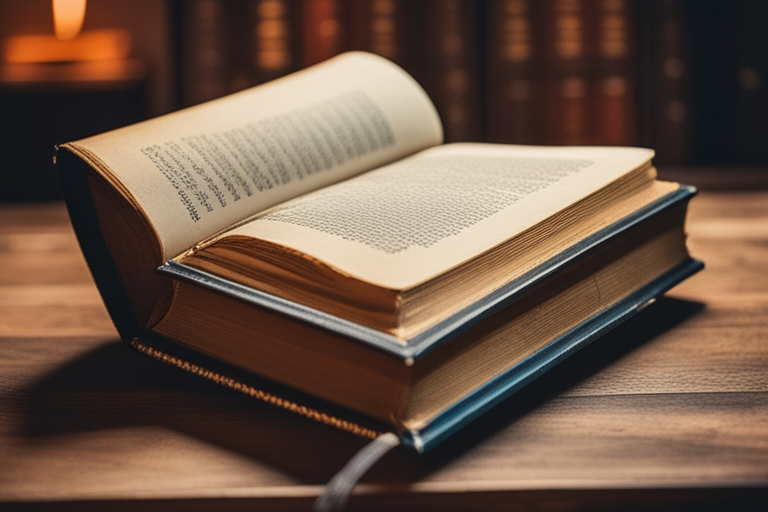
Nature and Spirituality: The Rhythms of the Earth
The North, with its icy landscapes and dark winters, greatly influenced the spiritual practices of its inhabitants. The Ritualist knows that the cycles of nature—seasonal changes, lunar phases, and even the Northern Lights—played crucial roles in ritual timings and significances.
In this realm, trees like the Yew and Ash were not just plants but bridges to the spiritual world. Herbs, in the heartland of the seeress, held power beyond their medicinal properties. Mugwort, for instance, known for its protective properties, was often used in rituals to enhance clairvoyant abilities.
Moreover, stones and runes, often blessed in sacred waters, served as tools for divination and spellcraft. The casting of runes, a practice still prevalent today, offers insights into the future, helping practitioners navigate their path.
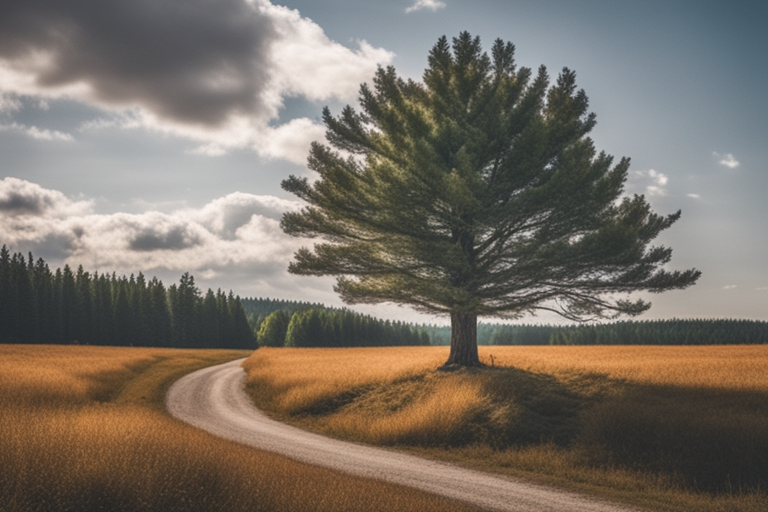
Gods, Goddesses, and Cosmic Forces
Northern witchcraft is rich in its pantheon of deities and supernatural entities. These figures were deeply revered, representing various aspects of life, nature, and the cosmos.
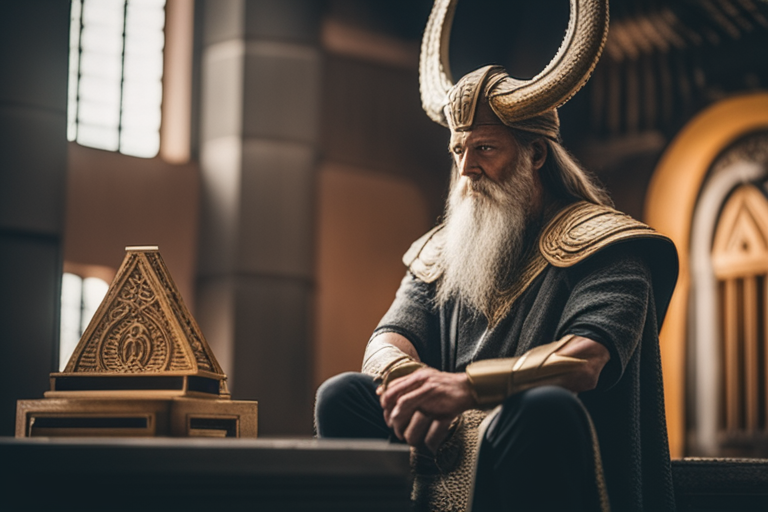
The Aesir and the Vanir: Celestial Beings of Power
Diving into the lore, we find the Aesir and the Vanir. The Aesir, led by Odin, the all-father, encompasses gods and goddesses of war and wisdom. Thor, with his mighty hammer Mjölnir, and Frigg, Odin’s wife, a goddess of prophecy and childbirth, are among the central figures.
The Vanir, on the other hand, are deities of fertility, prosperity, and nature. Njord, god of the sea, and his children, Freyr and Freyja, gods of fertility, are prominent figures. The intriguing tale of their initial rivalry with the Aesir, which ended in a truce and exchange of hostages, further deepens the complexity of the Norse cosmology.
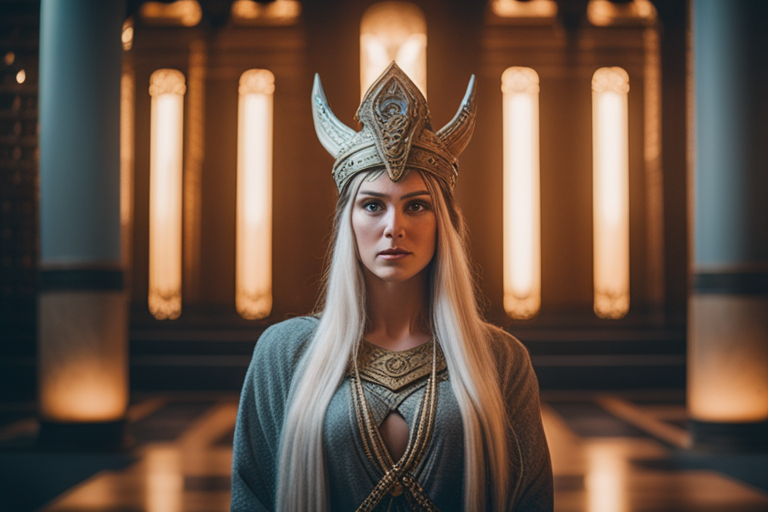
Jotunn and Elves: Spirits of Nature
Beyond the gods, the Northern tradition speaks of other entities. Jotunn, often termed as giants, are primal beings representing nature’s raw power. Some, like Skadi, even intermingle with the gods, forging bonds through marriage. The elves, luminous beings associated with beauty and light, inhabit the realm of Alfheim. They’re seen as protectors of nature, often aiding or testing mortals in their journeys.
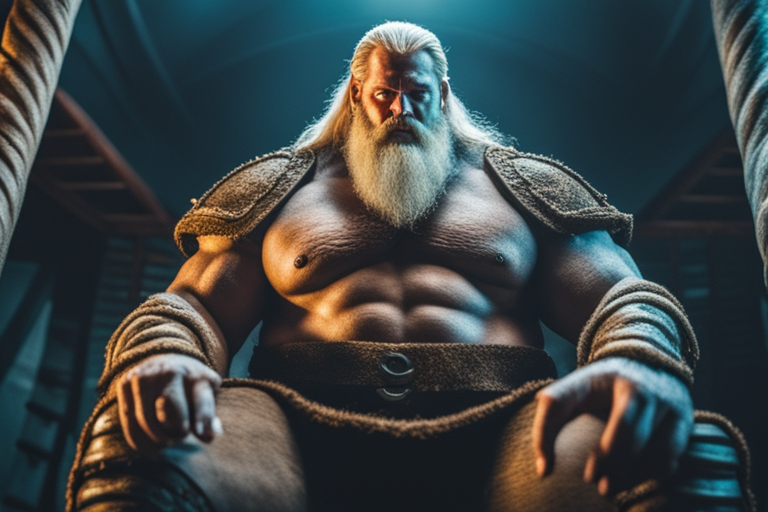
Cosmic Realms and the World Tree
Central to understanding Northern witchcraft is the concept of the World Tree, Yggdrasil. As the Chronicler might recount, this eternal ash tree connects nine realms, from Midgard (Earth) to Asgard (home of the Aesir). Its roots and branches hold the universe together, weaving the tapestry of existence.
Rituals and ceremonies often invoke these cosmic realms. The Ritualist would guide a practitioner to meditate under the shade of an ancient tree, visualizing the interconnectedness of these realms, and seeking the wisdom of the Norns, the fates who reside by the tree’s roots.
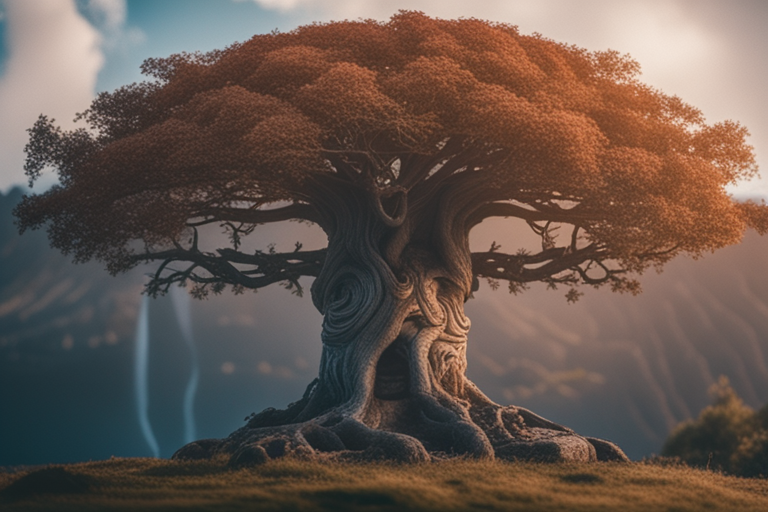
—
Rituals, Runes, and Rites of Passage
In the vast tapestry of Northern witchcraft, rituals and rites of passage mark the spiritual journey, while runes serve as tools for divination and magic.
Sacred Ceremonies of the North
From birth to death, the Northern traditions celebrate life’s milestones. Naming ceremonies, akin to christenings, introduce the child to the gods, asking for their protection and blessings. As the child matures, rites of passage like the “Coming of Age” ritual celebrate their transition into adulthood, often accompanied by gifts, feasts, and storytelling.
Marriages, too, are sacred unions. They are not just a bond between individuals but a merging of families, ancestors, and spirits. The Ritualist emphasizes the importance of rituals that intertwine destinies, ensuring prosperity and protection.
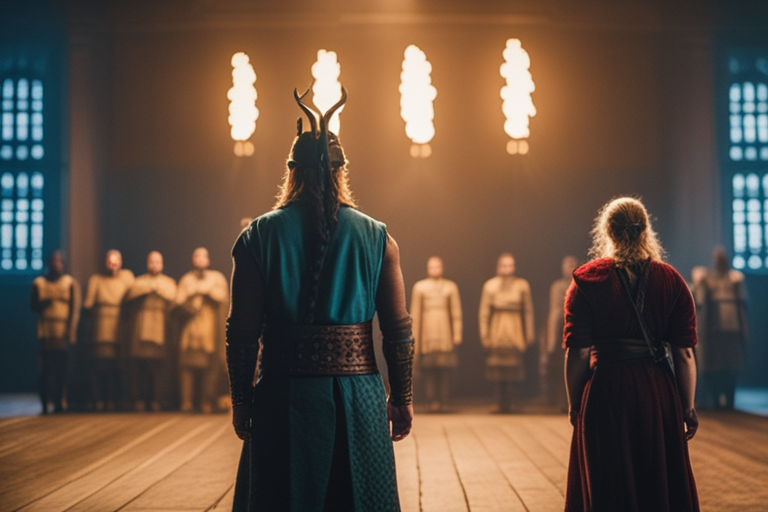
The Mystery of Runes
Runes, the ancient alphabet of the North, are not just letters but symbols of profound power. Carved on stones, wood, or metal, they’re used for divination, protection, and invoking magic. The Weaver of Spells might advise that to truly harness the power of runes, one must meditate upon their meanings, integrating their wisdom internally.
Elder Futhark, the oldest runic alphabet, consists of 24 runes. Each symbol embodies a specific energy or concept, from “Fehu” representing wealth to “Raidho” symbolizing journeys. Rituals involving runes often combine their energies, crafting spells or seeking insights into the future.
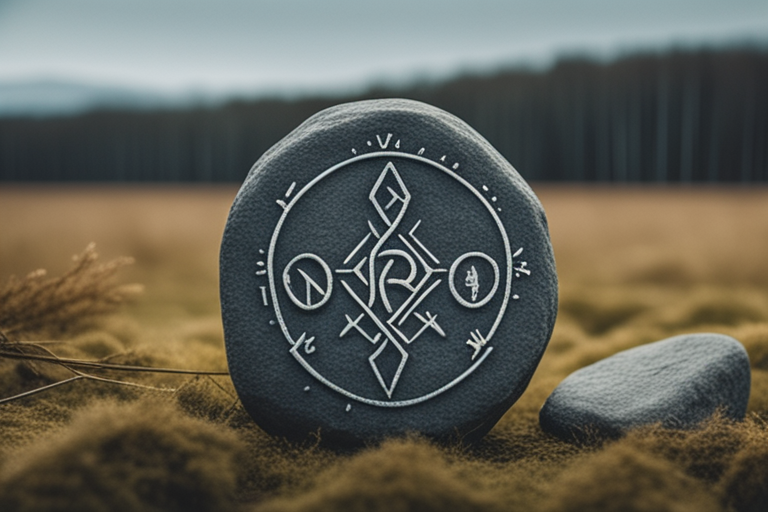
Honoring the Ancestors
Deeply rooted in Northern witchcraft is the veneration of ancestors. The Lore Keeper might recount tales of ancestral spirits guiding and protecting their descendants. Altars adorned with photographs, heirlooms, and offerings serve as a bridge to the ancestral realm. During ceremonies, invoking the ancestors’ wisdom and blessings forms a crucial part, connecting the past, present, and future.
The Mystical Landscape: The Northern Wilds and Their Influence
Northern Witchcraft is intrinsically bound to the landscapes from which it emerged. From dense forests to vast icy plains, the environments play a pivotal role in shaping the practices and beliefs of the North.
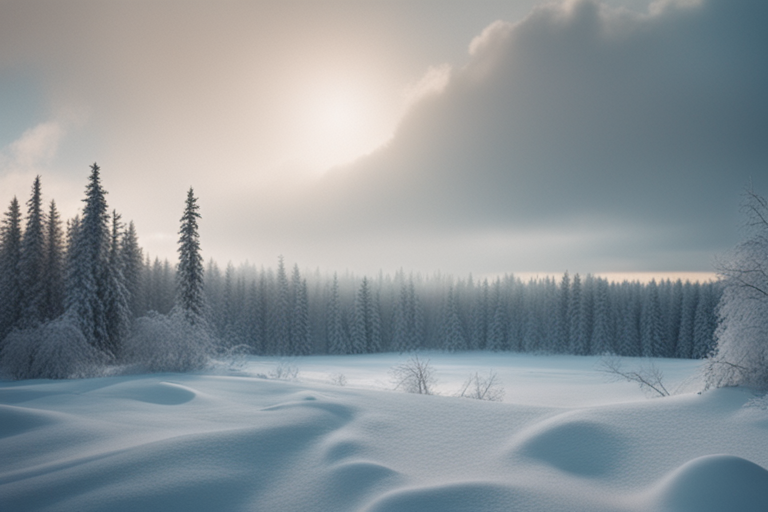
The Power of the Elements
Nature isn’t just a backdrop but an active participant in Northern magical practices. The harsh cold of winter isn’t merely endured; it’s embraced as a time of deep introspection and connection with ancestral spirits. The Midnight Sun of summer provides continuous energy, which practitioners harness in prolonged rituals, tapping into the never-ending daylight.
Sacred Spaces and Places of Power
Stone circles, secluded groves, and even specific trees or rocks can be places of immense power. Such sites are often regarded as portals, places where the veil between this world and the other is especially thin. It’s not uncommon for a witch to have a specific spot in nature where they feel most connected to the spiritual realm.
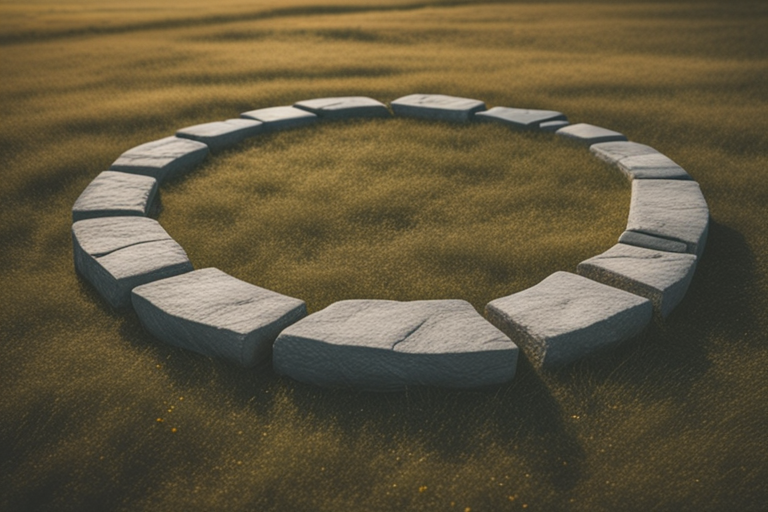
Animism and the Spirits of the Land
Animism plays a significant role in the North. Everything, from the mightiest tree to the smallest stone, is believed to possess a spirit. Honoring these spirits is a part of daily life. Offerings of food, song, and even dance are made to appease and befriend them.

The Northern Lights: A Dance of Spirits
Auroras, with their ethereal glow, have always been a subject of wonder. In Northern Witchcraft, they are often seen as a visual representation of the spirits, ancestors, and deities dancing in the sky. Engaging in meditative practices under the shimmering lights is believed to provide profound spiritual insights.
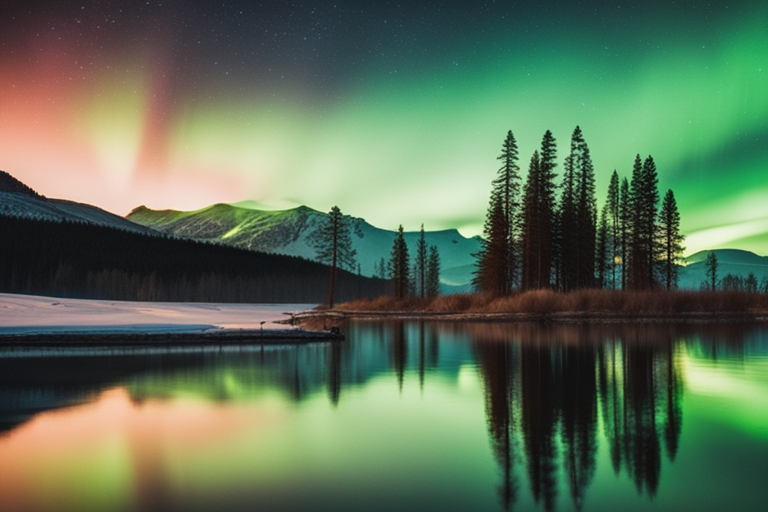
Conclusion: The Living Tradition of the North
Northern Witchcraft is a living tradition, an ever-evolving dance between the past and the present. While deeply rooted in ancient customs and lore, it continues to grow, incorporating new understandings and practices. This adaptability, combined with profound respect for the ancestors and the land, ensures that the wisdom of the North will continue to inspire and guide practitioners for generations to come.